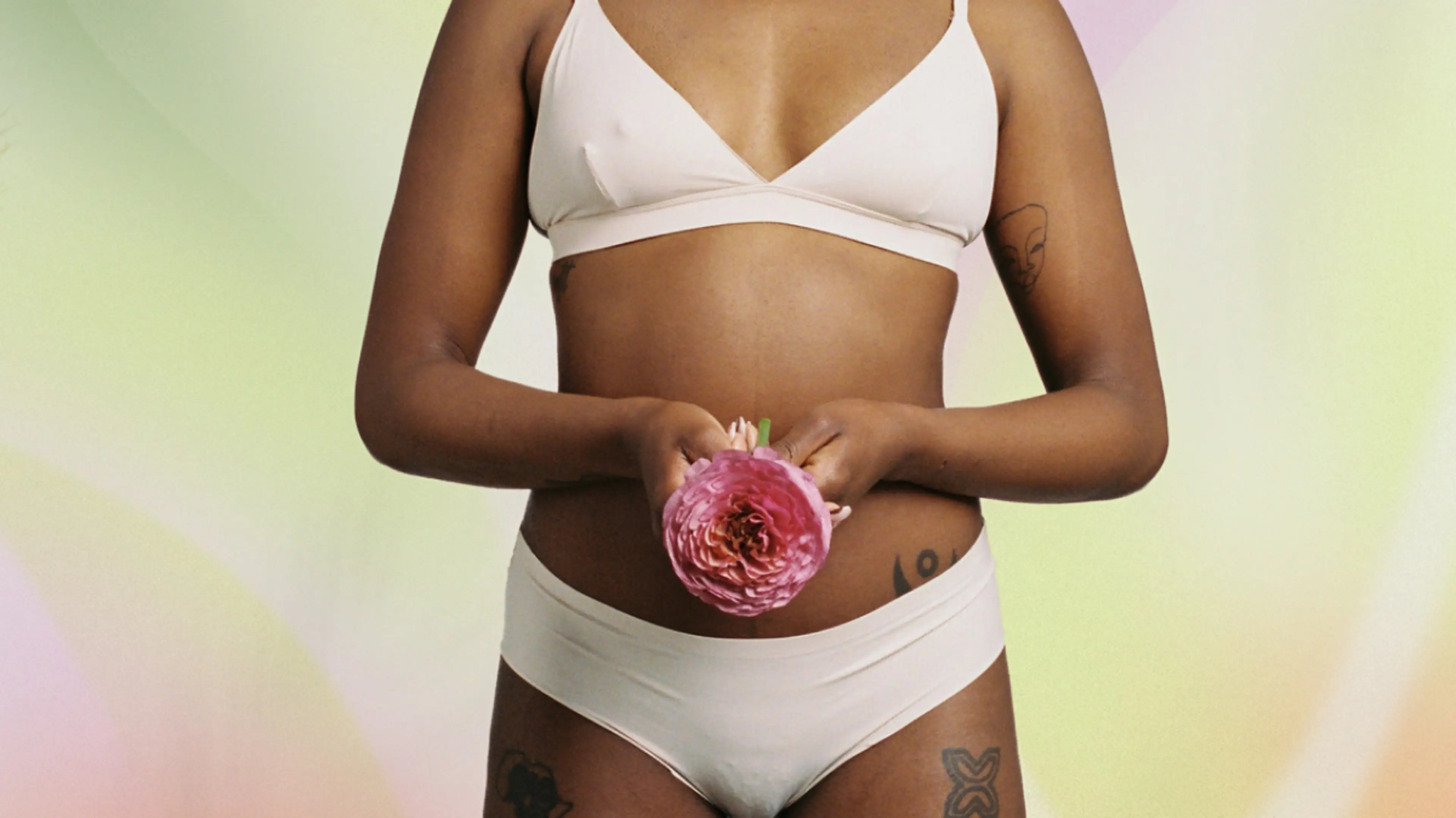TLDR: Most of us have heard of early pregnancy symptoms like nausea (thanks, movies!), but there are several common signs of pregnancy that you may not have heard of. From bleeding gums to changing discharge, here are 10 pregnancy symptoms to look out for.
When you’re trying to conceive, every little twinge or sensation in your body has you wondering…is this it? A little queasy after lunch? Pregnant. Moody and short with your partner? Pregnant. We’ve been there–anxious, hopeful, and confused about what’s actually going on and what it all means.
Whether you’re currently trying to figure out if you’re pregnant or just trying to educate yourself for the future, we’ve got you. By learning all the common early signs and symptoms of pregnancy, you’ll be better able to know how to interpret, when to test, and most importantly, how to understand what your body is trying to tell you.
You’re probably familiar with some of the telltale early symptoms (hello, nausea!). But figuring out exactly what’s going on in your body when you’re hoping for a baby can be a little more mysterious than you’d like—especially because a lot of the signs that mean “You’re pregnant!” are exactly the same as the ones that foreshadow an impending period.
In fact, Nina Boyce, a fertility educator and coach, says that many of the signs and symptoms of PMS can feel very similar to early pregnancy symptoms. This can be confusing and frustrating for people who are trying to conceive.
That’s why understanding some of the signs and symptoms (as well as their hormonal causes) can help, especially when you’re trying to puzzle out if you’re pregnant or not. Here’s our list of the ultimate (and a few more unexpected) signs and symptoms of early pregnancy.
Sore breasts
You can thank rising hormones in early pregnancy for this sign. Breast pain and soreness in early pregnancy can feel dull and achy or just super sensitive (especially on the nipples). Your breasts may feel swollen and tender, or even tingly.
Longer luteal phase
The luteal phase is the time between when you ovulate and when you get your period. “The average luteal phase is between 7 and 19 days1 ,” explains Boyce, so if you’re tracking your cycle and see your luteal phase go several days beyond its normal length, there’s a good chance you’ve got a baby on the way.
Twinges and cramping
This is another slightly confusing sign that can be an impending period symptom rather than a pregnancy symptom. Still, Boyce says that feeling twinges, light cramping, or slight pulling sensations in your uterus can be an early sign of an embryo making themselves comfortable.
She explains, “Cramping can mean that your uterus is getting ready to change or is starting to expand. It can be a normal pregnancy sign.”
Nausea
Queasiness, food aversion, even vomiting—these not-so-fun feelings often spell pregnancy. Although it’s a well-known symptom in the first trimester, nausea generally doesn’t kick in until after a positive pregnancy test. It can start at about two weeks after conception and up to about 8 weeks, and it can last throughout the first trimester (and sometimes, even longer—sorry!). Much of the research suggests that hCG2 —aka the pregnancy hormone—is the culprit for these sick feelings, so having elevated levels of it is an indication that you’re expecting.
You’re not spotting
If you usually notice spotting before your period and you’re not seeing it this time around, that can be a sign of pregnancy, explains Boyce. This is because the uterine lining is sticking around to nourish the fetus, rather than releasing for a period.
However, the presence of light spotting can also be an early pregnancy symptom3 in the form of implantation bleeding, which happens when a fertilized egg implants into your uterine lining.
Since both spotting and not spotting can be symptoms, taking a pregnancy test is your best bet.
Your cervical mucus turns creamy
If you’re trying to conceive, you may be paying extra close attention to your cervical mucus (the fluid produced by your cervix, which changes throughout your cycle in correlation to your fertility status). Usually, cervical mucus dries up before menstruation.
But if you find that your cervical mucus turns back to a creamy white texture rather than drying out, that could be a pregnancy symptom. Boyce says that this occurs because estrogen is rising during the first few days and weeks of being pregnant.
Increased urination
Feeling the pressure to pee? That’s also an encouraging early sign of pregnancy. But unlike the increased urination of later pregnancy (which is caused by the baby putting pressure on your bladder), Boyce says that this happens “because progesterone is rising and increases your blood volume. That, in turn, triggers your kidneys to get rid of waste more quickly, which can tell your body to feel like it wants to pee more.”
Bleeding gums
If you’re noticing some bleeding when you brush your teeth—you guessed it!—another unusual clue into the status of your uterus. Due to increased progesterone, pregnant women are prone to bleeding gums4 .
Fatigue
Feeling tired? Really, really tired? Like you could lie down on the couch and nap all day? Yup, that sounds like a sign of very early pregnancy. Once again, those amazing hormones are responsible, especially progesterone. Feeling sleepy and fatigued is very common throughout all 40 weeks of pregnancy5 —but it can also cue a realization that you’re expecting in the first few weeks, especially if you find yourself literally not able to keep your eyes open.
Elevated temperatures
If you’re charting your cycle (taking your body basal temperature6 and logging it on paper or in a cycle-tracking app), says Boyce, you may be able to identify pregnancy by your basal body temperature. Generally, your temperature goes up a bit after ovulation and then sometimes, goes up a bit again once you’re pregnant. When this happens, it’s called a triphasic chart.7
According to Boyce, “There will be a range of temperatures before ovulation, after ovulation, and then some higher temperatures. 18+ days of high temperatures after ovulation is a pretty sure sign that you’re pregnant.”

